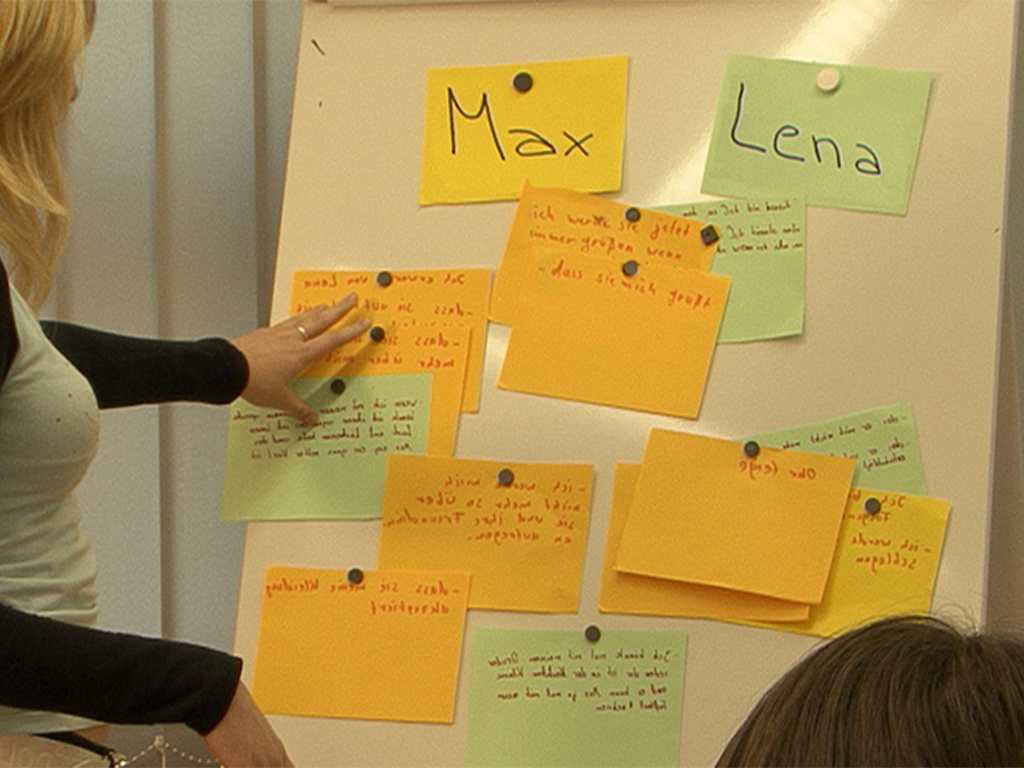 Religion
Religion

4669647 / 5560318
500 Years of Reformation
What separates the Churches still today?
On 31st October 1517, Martin Luther published his 95 Theses against the sale of indulgences.
This date symbolised the beginning of the Reformation in Europe. Almost no other historical event has changed the world like the Reformation 500 years ago.
A consequence of the Reformation was the division of the Church into Protestant and Catholic denominations.
Both Churches have changed within the 500 years after Luther’s posting of the Theses, in many respects they have come closer together.
Are there still differences between the Protestant and the Catholic Church these days at all?
Could perhaps even Catholics profit from Martin Luther’s personality and teaching nowadays?

Curriculum-centred and oriented towards educational standards
Matching
Blogging
The weblog or blog, for short, as a medium is not much older than this century. Blogs came into being in the World Wide Web as ’messages from below’, as web pages from web creators who wanted to share their view of the world with the world. They are short notes, long texts, pictures, videos, which are posted loosely and at random intervals to the world for an undefined public.
Peer Mediation
Lena and Max attend the 7th form. Max is new in class. During a break, Max notices that Lena and her friend are laughing at him again. Max loses his temper! He slaps Lena in the face. That hurts and Lena runs back into the classroom with a red cheek. The growing conflict between the two has escalated. Just like Lena and Max, every day pupils all over Germany have rows with each other. At the Heinrich Hertz Gymnasium in Thuringia, pupils have been trained as mediators for years. At set hours, they are in a room made available by the school specifically for mediation purposes. The film describes the growing conflict between Max and Lena and shows a mediation using their example. In doing so, the terms “conflict” and “peer mediation” are explained in a non-technical way. The aims of peer mediation and its progress in five steps as well as the mediators’ tasks are illustrated. The art of asking questions and “mirroring”, which the mediators must know, is described and explained. Together with the comprehensive accompanying material, the DVD is a suitable medium to introduce peer mediation at your school, too.









